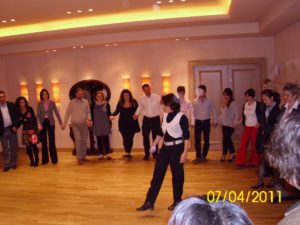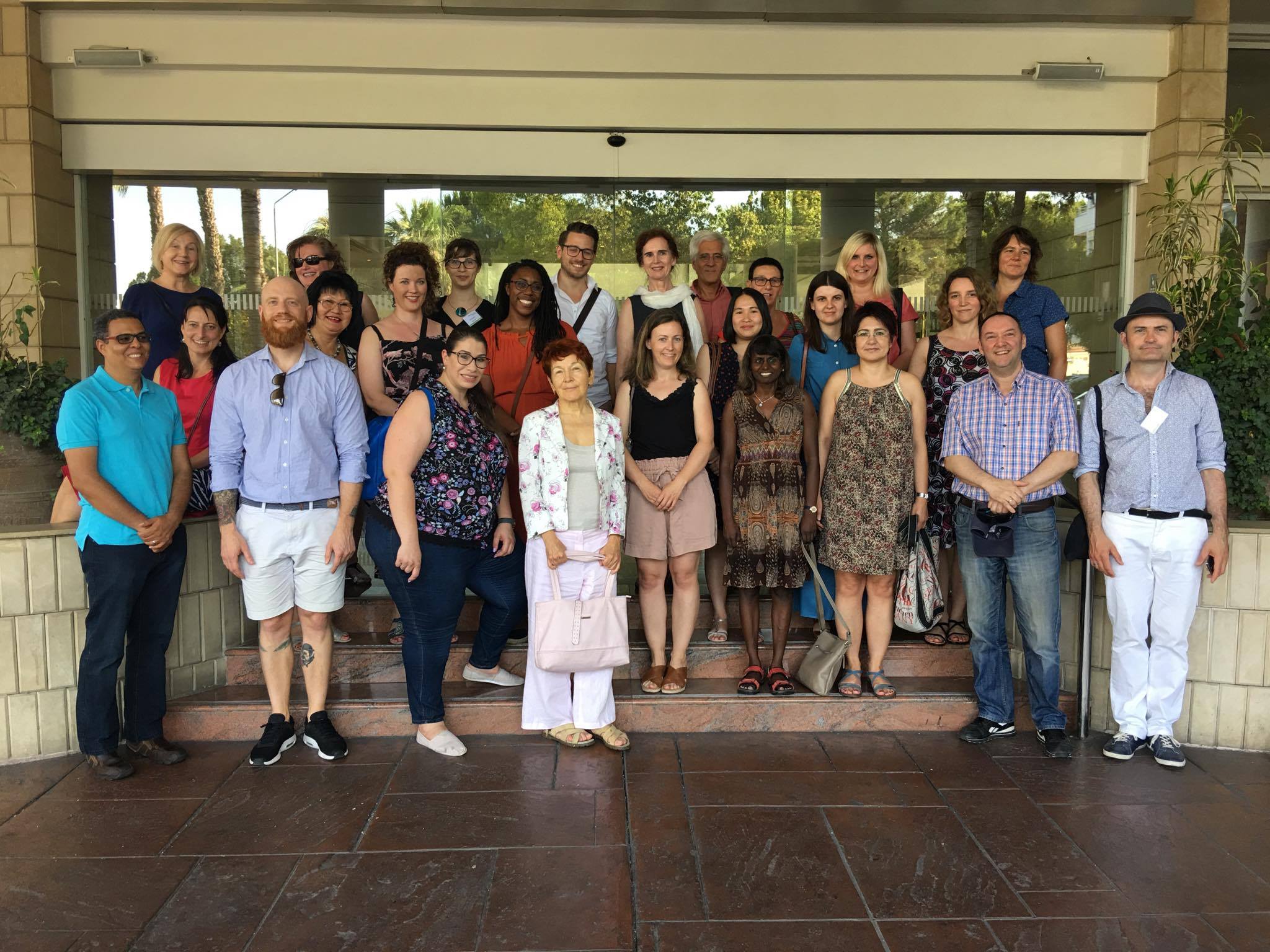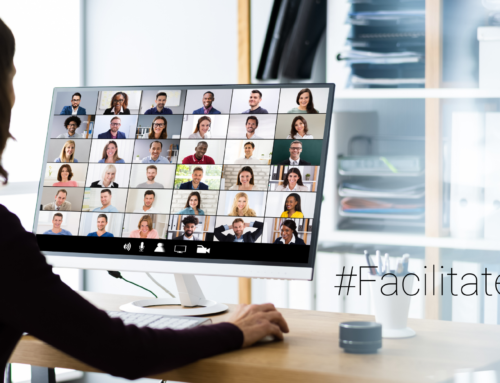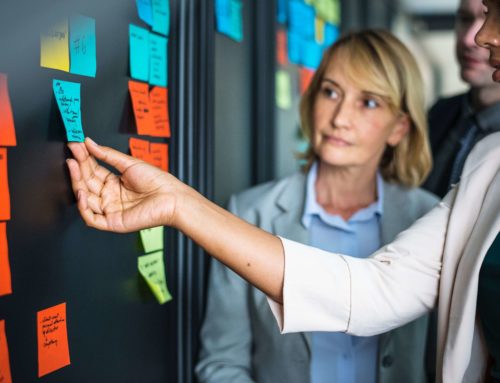Tips for successful EU project management – Part 2
Remember one of the last blog articles, where experienced managers of successful EU projects provided tips for the project management? Here’s some further input on project management that I received and would like to share with you. It’s by EU project manager Nina Braun, DLR, project manager of the EU project Net4Society.

Nina Braun, DLR
Net4Society
Net4Society is the international network of National Contact Points for Societal Challenge 6, ‘Europe in a changing world: Inclusive, innovative and reflective societies’ in Horizon 2020. The main goal of Net4Society is both to improve the quality of consulting and support researchers in submitting successful proposals in this funding area, as well as to increase the visibility of Social Sciences and Humanities (SSH) research.
Net4Society was originally founded in 2008 during the 7th European Research Framework Programme and is now in its forth project round.
Currently our project includes National Contact Points (NCPs) from over 50 countries in Europe and beyond, thus a clear project structure with defined responsibilities and straightforward and effective communications channels are key for a successful project management.
In our project we have a clear structure of responsibilities: We have Work Package- and Task Leaders, Task- Contributors and so called “National Experts” who contribute and participate on a voluntary basis to the project outcomes, who use the network as a knowledge exchange platform and who benefit from all project tools and services.
At our Kick Off meeting, in order to get all network members familiar with their responsibilities and the responsible person(s)/ organization(s) for the different project ‘areas’ (tasks), Birgit- who moderated the meeting- suggested to start with an ‘interactive exercise’.
I have to admit that in the beginning I was skeptical if we should spend our time ‘building human circles’ instead of using our time to discuss relevant SSH matters.
The interactive exercise consists in splitting the entire project consortium into ‘responsibility circles’- representing the different layers of the project involvement: The midmost circle consisting of the Net4Society Coordinator team, around them a circle with all Work Package (WP) Leaders, around the WP-Leaders one with all Task Leaders, followed by one with all Task Contributors and then surrounded by the largest circle- being the one with all National Experts.
The exercise permits the consortium to get to know who is responsible for what and who to contact for which matter.
Today- seven years later- I’m sure that the exercise was a crucial contribution to our project, as the project structure was etched in the participants’ minds.

Straightforward and effective communication channels are as well crucial for a ‘successful project management’.
One way to motivate our members to be involved in the project is to (try to) respond to the different and evolving communication needs.
As always- the main difficulty is to provide everyone with as much information as possible and as less as necessary.
In order to know who needs which information and in which depth- we discuss our partners’ needs at our project meetings and define and update ‘project communication rules’ in participative exercises.
Our favorite methods to gather information from our members are the ‘World Café’ and the ‘Brain Walk’.
Net4Society exists now since almost ten years and I think that the key factor for its success is that many partners feel like being part of a ‘Net4Society family’. (It wasn’t me who invented this term!)
Working with geographically dispersed partners in a consortium with a high cultural diversity means that it is essential to build a sense of unity and shared momentum across the group.
Project meetings that include interactive exercises and where people don’t only exchange knowledge but also share happy moments, laugh together and get to know themselves as individuals- with their strengths and weaknesses- are essential for building a ‘project community’ in which one supports the other.
A successful project is built on these dedicated and committed project members.
Thank you Nina, for your insightful thoughts!!
In one of my next blog articles I will also share some some tips from myself, stemming from the 3 EU Projects I had coordinated in the past.
Hey, and if you also have tips for us, please leave a comment below.
Best wishes, Birgit




Leave A Comment